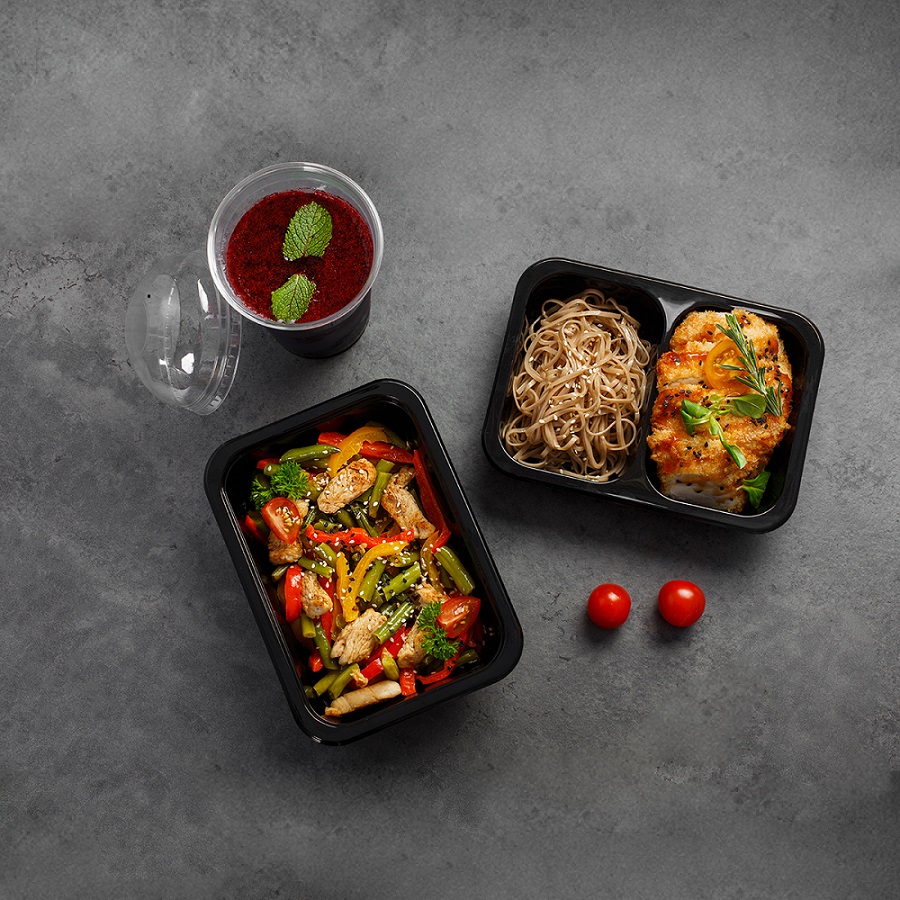Sports have long been the lot of not only those who dream of Olympic records, but also those who just would like to be healthy, beautiful, strong and enduring. All this cannot be bought, stolen, or borrowed – all this can be earned by working on oneself, by fighting with one’s laziness and fear. But for exercise to be beneficial, you need to take care of high-quality energy supply to your body.
Should I eat while exercising to lose weight?
To answer this question, you need to understand at least a little how the human body works. For any action, even the smallest, such as blinking, energy is needed. It is continuously spent on respiratory movements, heart function, brain activity, and contraction of the walls of the digestive system. Therefore, even at rest, a person burns fuel. When he starts walking, or even running, the fuel consumption increases rapidly. And when he goes to the gym and begins not only to engage in cardio training, but also includes strength training, the costs increase even more. It is on this mechanism that all weight loss classes are based. If the energy is a little short, then the body will extract it from the body’s reserves. Maybe then you can just not eat, sit in the gym for a week and in a week admire your slender body in the mirror? But no! Our body is very cunning and surprisingly arranged – it will not take everything from stocks, but only a small percentage. If he is not given energy at all, then with a feeling of weakness he will simply put the starving one to bed in a few days, since he will save fat to provide energy to life processes. And a small note for those who plan to lose weight without sports – without stress on the diet, the body will first burn muscle tissue and only then will it take up fat tissue, so cellulite will be in place even with good plumb lines. Therefore, even very fat athletes need to monitor the regular intake of high-quality energy into the body.

What can serve as a source of energy in nutrition?
First, let’s consider, in principle, all sources of energy in food. They are also called carbohydrates and there are several types of them:
- Simple – glucose, galactose, fructose and their compounds;
- Complex – starch and dietary fiber.
Simple ones are fast sources of energy – when they enter the body, the glucose level rises very quickly, a rather impressive dose of insulin is thrown into its splitting. This hormone helps the blood sugar turn into clean energy that will be used up. But so much of it is released at once that surplus inevitably remains. So they go to the storage of excess resources – fat depots, which form these hateful folds at the waist and hips. That is why simple carbohydrates should be avoided and consumed to a minimum. They are good only when you need to quickly raise your blood sugar, and then they are not needed for this. Complex carbohydrates are another matter. These sources of vitality cause a very slow rise in sugar levels and a gradual release of insulin. In such conditions, too much energy will not be generated at once, it will be released gradually, having time to be processed by the body without a trace. If you put it in the menu with a small deficit (and you can organize it by raising the level of physical activity), then these very fat stores will begin to pour out their reserves with a miserly hand, thereby decreasing in volume. This type of carbohydrate is ideal for those looking after their appearance and health. If the question arose “what does health have to do with it?”, Then the answer is simple. Frequent and sharp spikes in glucose can lead to the development of diabetes mellitus, which kills 4 million people every year.
Where to find these “right” carbohydrates?
There are not so few sources of complex carbohydrates, so it will not be difficult to create a balanced menu:
- All types of cereals;
- Potatoes;
- Starchy vegetables – beets, carrots, pumpkin;
- Legumes.
These products can be used to prepare a lot of healthy dishes and side dishes that make up energy nutrition for athletes. In addition, no one forbids eating simple carbohydrates, but their mass fraction should not exceed 10-15% of their total amount. If there are problems with making a menu for your level of load or preparing meals, then you can use the delivery services of healthy food. For example, Grow Food offers its customers several menu options to choose from, depending on the level of physical activity. These complexes are completely balanced in the ratio of proteins, fats and carbohydrates, the latter being found mainly in cereals, wholemeal flour and vegetables. By ordering a varied menu for a whole week, you will receive not only a complete diet, but also delicious and unusual dishes.
